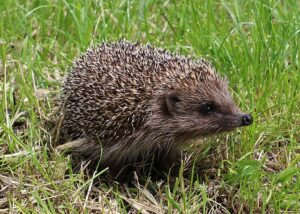HEAS members publish new study on how mammals with distant evolutionary ties but similar ecological roles evolved comparable inner ear shapes.
More On Article
- "Archäologie am Berg". Public Weekend of Archaeology in Hallstatt in September.
- 2023 CALL FOR NOMINATIONS - The Rohlf Medal
- 20th anniversary of the Laboratory for scanning electron microscopy at the Vienna Institute for Archaeological Science (VIAS), University Vienna, 14.11.2024, 15:00
- 3D visualization of bioerosion in archaeological bone
- A comparative archaeometric study of Late Bronze Age Black Lustrous and Red Lustrous Wheel-made wares from the Eastern Mediterranean

A new study by HEAS members Nicole Grunstra, Philipp Mitteroecker and Anne Le Maître, published in Nature Communications, showed clear evidence of convergent evolution over phylogenetic signal in the inner ear of mammals. The shape of the bony labyrinth – the osseous moulding of the inner ear – remains intensively studied in humans and extinct hominins in order to study adaptation and phylogenetic relationships. This macroevolutionary study of different evolutionary signals in the mammalian inner ear provides a relevant evolutionary context for human inner ear variation.




